As more businesses and organizations seek to reduce communication costs, SIP trunking is increasingly gaining more popularity. SIP trunking enables businesses to upgrade their existing PBX system to an internet-powered business phone system. As opposed to traditional phone landlines and legacy communication systems, SIP trunking allows you to leverage the power of VoIP technology and enable your phone system to work over an internet connection, improving your call quality and helping you reduce operational costs.
What is SIP Trunking?
SIP stands for Session Initiation Protocol. SIP trunking is a VoIP technology based on the Session Initiation Protocol that enables organizations to connect their PBX (Private Branch Exchange) systems to the PSTN (Public Switched Telephone Network) over the internet.
SIP is essentially the basis for VoIP communications. Moreover, it is rapidly becoming the industry standard for connecting business phone networks over the internet, gradually replacing traditional phone lines and ISDN (Integrated Services Digital Network) lines with a virtual connection that uses the internet to carry communication services.
SIP trunking service is provided by SIP trunking providers. As more businesses strive to modernize their legacy phone systems, reduce phone expenses, or take advantage of cloud-exclusive features, we see an increased adoption of SIP trunking. Besides, SIP’s capabilities spread beyond phone service and extend to video and messaging functions, making it an attractive solution for many businesses.
How Does SIP Trunking Work?
How exactly does the SIP trunking service work? In the past, businesses used ISDN (Integrated Services Digital Network) circuits that needed to be physically installed on their premises. SIP trunking replaces this physical infrastructure with a virtual one, serving as a modern, more advanced, and more cost-efficient alternative to ISDN telephone networks that transmit voice and data digitally over physically wired connections.
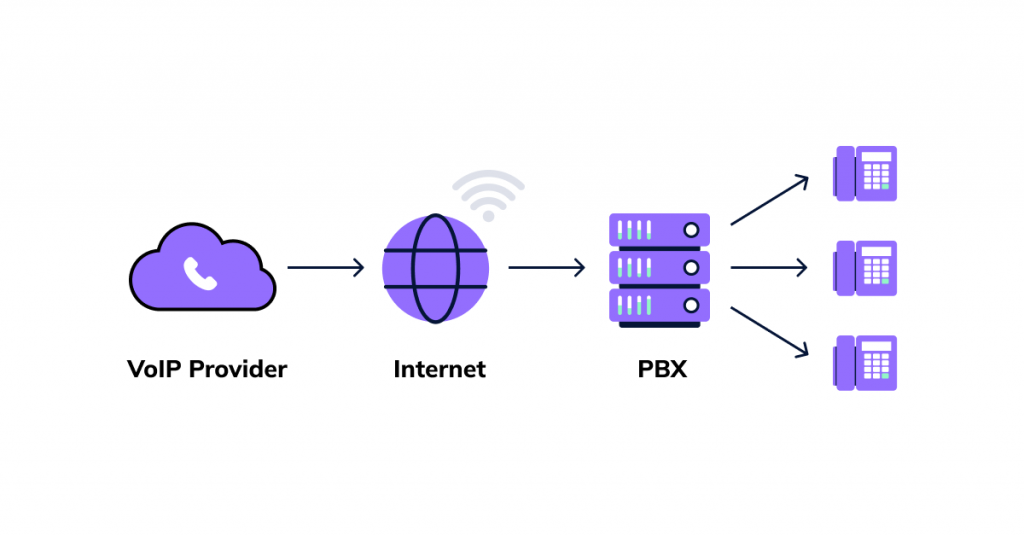
A SIP trunk is, in essence, a virtual phone line. SIP trunks use an internet connection to establish and maintain voice calls, video calls, or instant messaging communication sessions using the SIP application layer protocol. Using SIP trunks enables a SIP provider (also called an internet telephony service provider) to connect the company’s PBX system to the cloud rather than directly to the PSTN.
What are the Benefits of SIP Trunking?
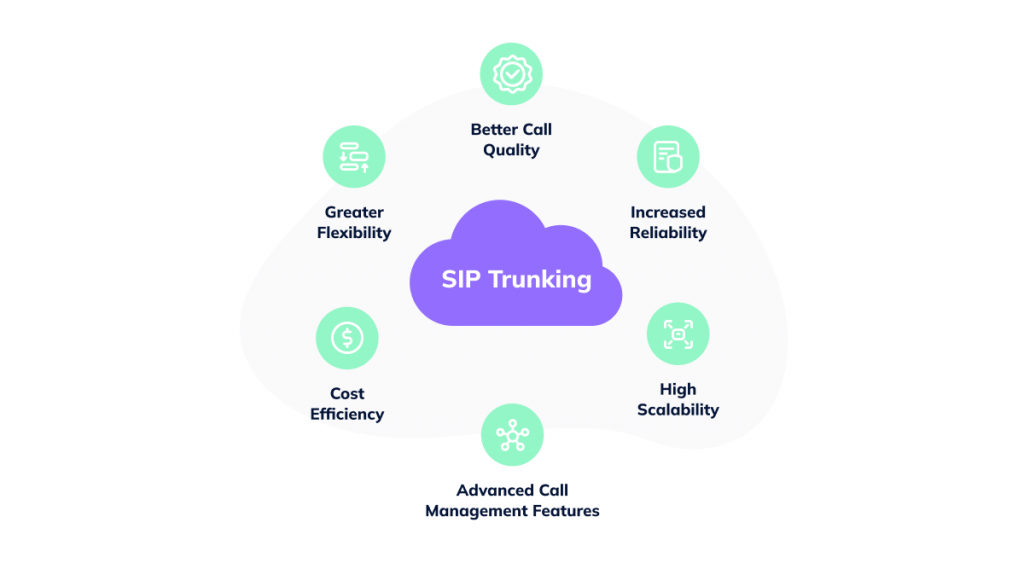
SIP trunking enables businesses to revolutionize their business communications by upgrading their PBX to an internet-powered phone system and replacing traditional phone lines with virtual ones. Let’s take a look at more specific benefits and advantages of using SIP trunking.
Cost efficiency
Cost efficiency is one of the most obvious benefits of SIP trunking. Firstly, there are no costs associated with hardware installation, maintenance, and upgrades. Secondly, since SIP trunks use the internet to make and receive calls, you’ll be paying significantly less for local phone calls, long distance calls, and international calls. The cost savings are particularly significant for large call centers with typically high outbound call volumes.
Besides, with a traditional phone line or ISDN, businesses may end up paying for capacity they actually never use. SIP trunk providers offer simplified pricing models, usually billed on a per-user basis, enabling you to pay only for your actual usage and making your expenses more predictable. According to Lumen Technologies, with SIP trunking, companies can save up to 65% on telecom costs compared to using an ISDN-based solution, which equals monthly cost savings of around $39,000 in telecom network expenses.
Greater flexibility
SIP trunking offers much better flexibility, enabling you to have multiple virtual phone numbers with different area codes from various regions, regardless of the geographical location of your call center. E.g., with VoiceSpin virtual call center software, you can purchase international DID numbers from 160+ countries and make and receive calls from multiple destinations no matter your physical location. This is particularly beneficial for geographically distributed call centers and those businesses looking to expand their global reach and establish local presence in new markets.
High scalability
In addition to flexibility, SIP trunking is known for increased scalability. Unlike traditional phone systems, SIP-based phone systems are easy to scale up or down based on demand. That means if your business needs to add more lines to handle the increased call volume, you’ll be able to request an increased capacity from your SIP trunk provider and upgrade almost instantly without needing to get new hardware or requiring any changes to your existing infrastructure.
Conversely, if you want to reduce capacity during times of lower demand, you’ll be able to easily remove lines when they are no longer needed and reduce your phone system costs. This can be a key benefit for businesses that grow quickly or have fluctuating call volumes.
Increased reliability
While traditional telephony service may be disrupted by unexpected outages, equipment failures, or even bad weather conditions, impacting your business continuity – SIP trunking telephony is much more reliable, enabling your business to be more resilient no matter what happens in the background. In case of network disruptions, power outages, or system failures, SIP trunking solutions provide backup routes, allowing you to route your calls to other lines, offices, or employees’ mobile devices and ensuring the continuity of your business communications.
Better call quality
SIP phone systems are known to provide better audio quality as compared to analog phone lines. As long as your SIP trunks are set up and maintained properly, all calls will have the bandwidth they need at all times to deliver the highest call quality with clear audio. For businesses that rely on voice communications with their customers and prospects, ensuring top call quality is extremely important. When the voice of your customer service or sales representative comes through clearly, that helps create more trust, improve the experience, and ensure your customers or prospects view your team members as professional, trustworthy, and reliable.
Advanced call management features
SIP trunking phone systems provide access to many advanced call management features and capabilities that aren’t available with traditional phone systems. For example, SIP trunking enables agents to connect to your phone system from anywhere regardless of their location as long as they have a stable internet connection and any SIP-enabled device, whether it’s a laptop, PC, or smartphone. That means your agents can work remotely and handle customer communications from wherever they are without being tied to a single office location, leading to improved productivity and better job satisfaction as remote work is becoming increasingly preferred by employees.
Moreover, with features like advanced call routing, call queue management, queue callbacks, call recording, real-time call monitoring, and detailed call analytics, agents will be able to handle customer calls faster and more efficiently, ensuring fewer dropped calls, reduced Average Handle Times, and better First Call Resolution Rates and improving the overall customer service experience.
SIP Trunking vs. PRI: Which One to Choose?
When considering a business phone system, the selection often comes down to choosing between a PRI system and a SIP trunking system. While both connect businesses to the Public Switched Telephone Network (PSTN), there are key significant differences between them.
PRI (Primary Rate Interface)
PRI trunks use the Primary Rate Interface standard to transmit a maximum of 23 voice or data transmission channels over a single copper phone wire. A PRI trunk provides a physical connection to PSTN using a circuit-switched model for making voice connections. That ultimately means only 23 communications can happen at the same time – while scaling up requires a business to order additional PRI trunk lines from a provider, which might take up to 3 weeks to deploy.
Besides, PRI trunks are more expensive to implement and maintain since the hardware is quickly becoming outdated. PRI might work best for companies with limited access to a reliable fiber-optic network and insufficient bandwidth for IP phones.
SIP Trunking
SIP trunks use Session Initiation Protocol to provide a virtual connection to PSTN and transmit voice calls as data using a packet-switched model to make connections. A SIP trunking system can be easily scaled to accommodate as many voice and data channels as a business requires. A SIP trunk can be ordered from a SIP trunking provider with any number of increments and can typically be deployed within days or even hours, making it a much more flexible telephony solution for businesses.
As long as your bandwidth is sufficient enough, you’ll be able to keep adding new phone lines as your business grows and seamlessly handle an increased call volume. Alternatively, you can easily scale your operation down when demand is low, which means you will pay only for your actual usage. In most cases, SIP trunking might be a preferred solution for businesses, providing better scalability and cost-efficiency.
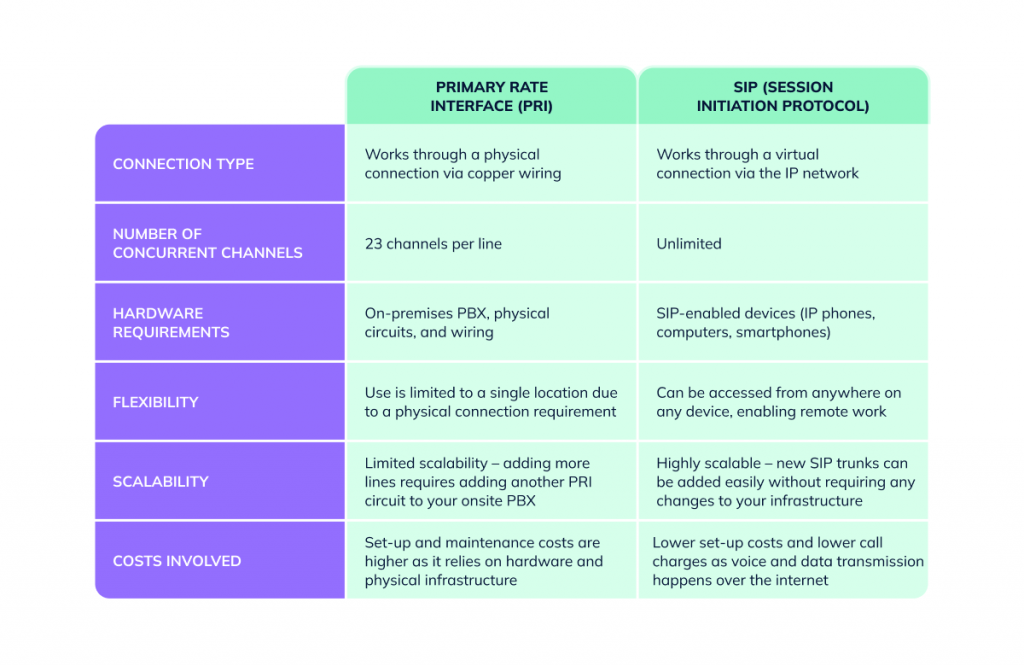
What is the Difference Between SIP and VoIP?
The two terms ‘SIP trunking’ and ‘VoIP’ are often used interchangeably; however, they aren’t exactly the same, even though they both refer to internet telephony. In fact, SIP and VoIP shouldn’t be compared directly.
VoIP (stands for Voice Over Internet Protocol) is a technology that allows businesses to make and receive phone calls over the internet rather than through the PSTN. VoIP uses different protocols, and SIP is one of them. That means VoIP is a broader term that encompasses a family of technologies – while SIP is only one of the protocols used by VoIP to establish and manage communication sessions, including voice, video, and messaging.
How to Select a SIP Trunking Provider?
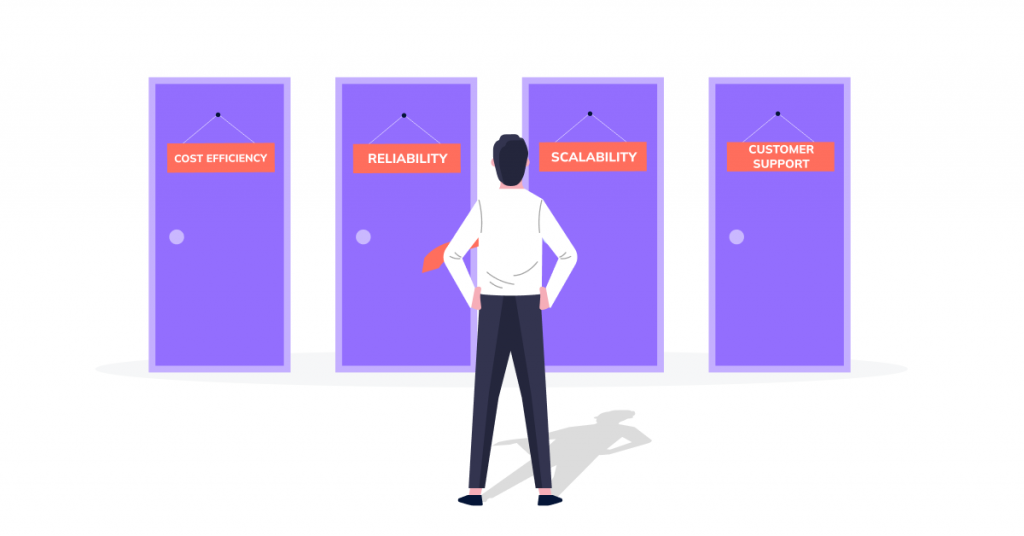
As with any business-critical technology, choosing the right SIP trunk provider might be challenging, especially considering the abundance of SIP providers in the market. To select a reliable SIP partner and enable high-quality communications for your business, closely consider the following factors:
Pricing
Since the pricing may massively vary across SIP providers, you need to find out how much you’ll be paying for the service, including monthly subscription fees, per-minute rates, and any additional charges for advanced features or services. You’ll also want to know if there are any setup costs, number porting charges (in case you want to keep your existing business phone numbers by moving them to a new provider), and any hidden maintenance fees. Look for a SIP trunking vendor that provides transparency around all the costs involved in purchasing the SIP trunking service.
Coverage area
When selecting a SIP provider, look for solutions that cover the geographic areas where your business operates. That is especially important if your business operates globally while serving customers in different regions. With a solid SIP trunking provider, you’ll be able to purchase virtual international numbers in multiple regions, enabling your global customers to connect with your business by calling local numbers. Access to local phone numbers is also critical for outbound sales teams. By being able to call prospects from local numbers, you can dramatically increase your call answer rates and improve the efficiency of your outbound calling campaigns.
Scalability
Scalability is one of the key factors to consider when evaluating different SIP service providers. The number of concurrent calls your call center team typically handles (both inbound and outbound) is going to dictate the number of channels you need. Look for a SIP trunk provider that will allow you to quickly and effortlessly add new channels when your call volume increases without disrupting your operations and remove them when the demand is low.
Customer support
The availability and responsiveness of customer support is another important aspect to take into account when choosing between different SIP vendors. Be sure to select a provider who will be willing to support you from the planning stage all the way through to implementation and provide ongoing support for any challenges and issues that may arise as you use the service. Ideally, you should be able to get access to live customer support 24/7.
How to Get Started with a SIP Trunking Service
SIP trunking is a powerful and cost-efficient solution for businesses looking to upgrade their business phone system and leverage the power of internet telephony. VoiceSpin has been providing SIP trunking, VoIP telephony, and other communication solutions for businesses – both small and large-scale enterprises – for over a decade, earning a reputation as a trusted and reliable provider.
From advanced call center solutions for inbound and outbound call center teams and destinations to most countries to omnichannel contact center software that unifies digital communication channels in a single platform and AI-powered speech analytics solutions – VoiceSpin can cater to the needs of business of all sizes across various industries.
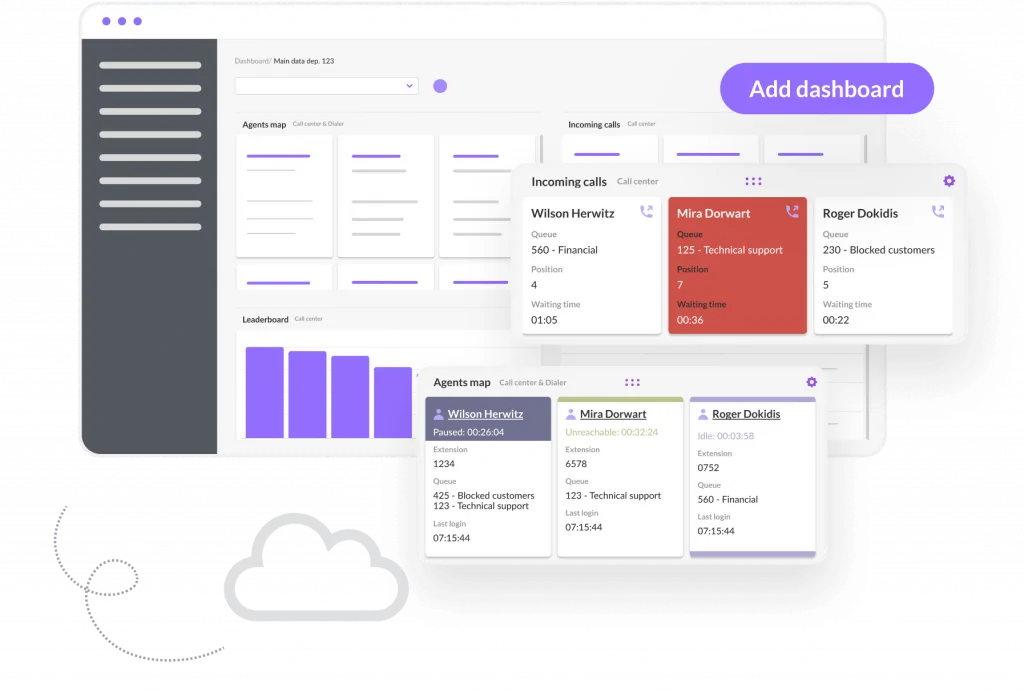
Book a demo call now to learn more about SIP trunking, cloud-based VoIP call center software and other communication solutions offered by VoiceSpin to choose the right set of tools for your business communication needs.

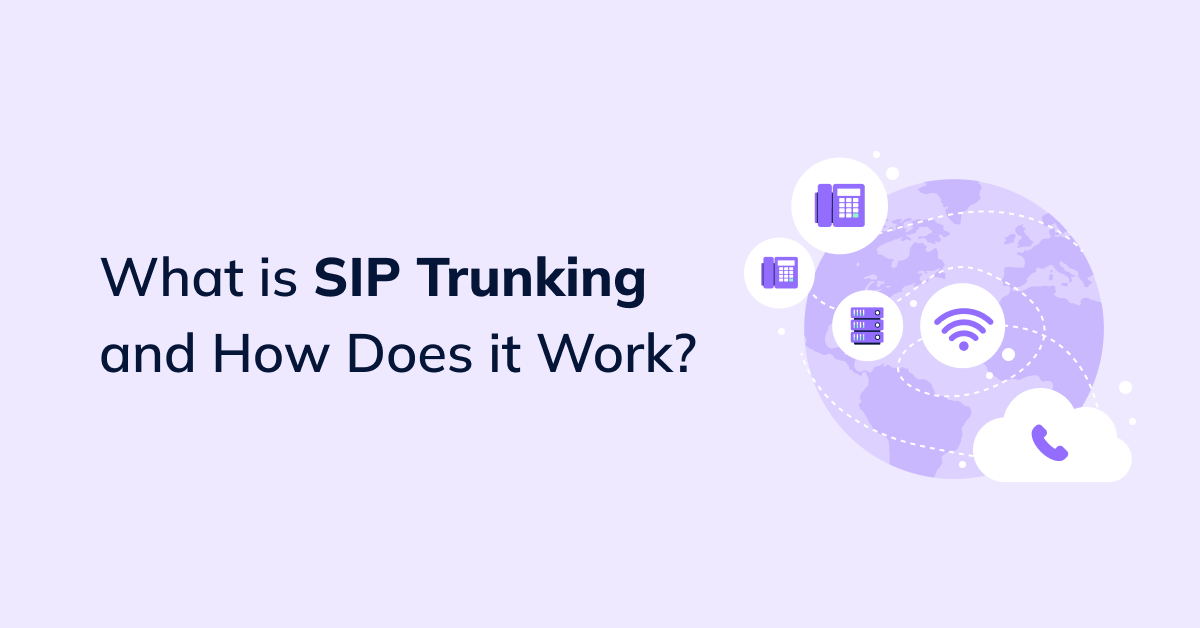

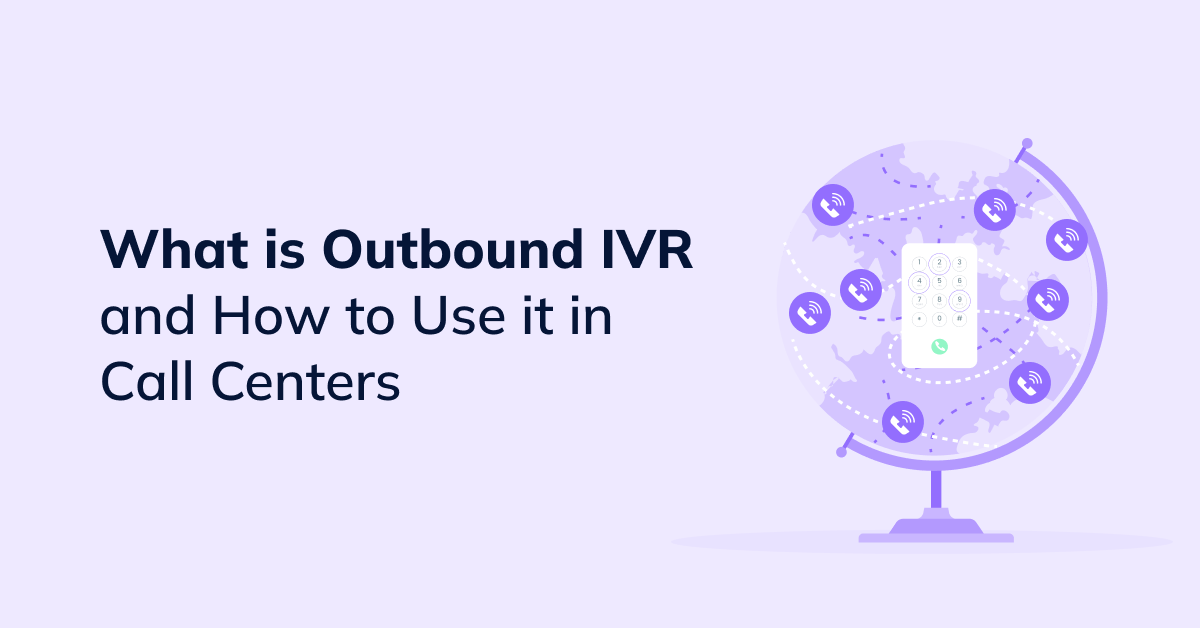
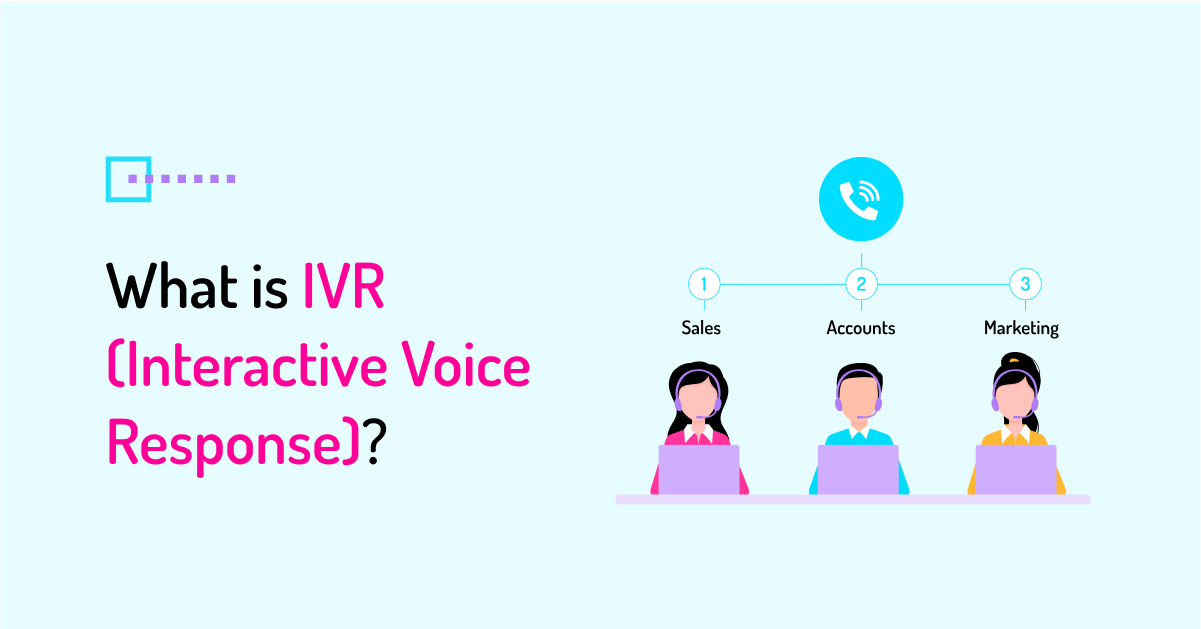
 +18889082995
+18889082995
 +442036084160
+442036084160
 +97237237006
+97237237006